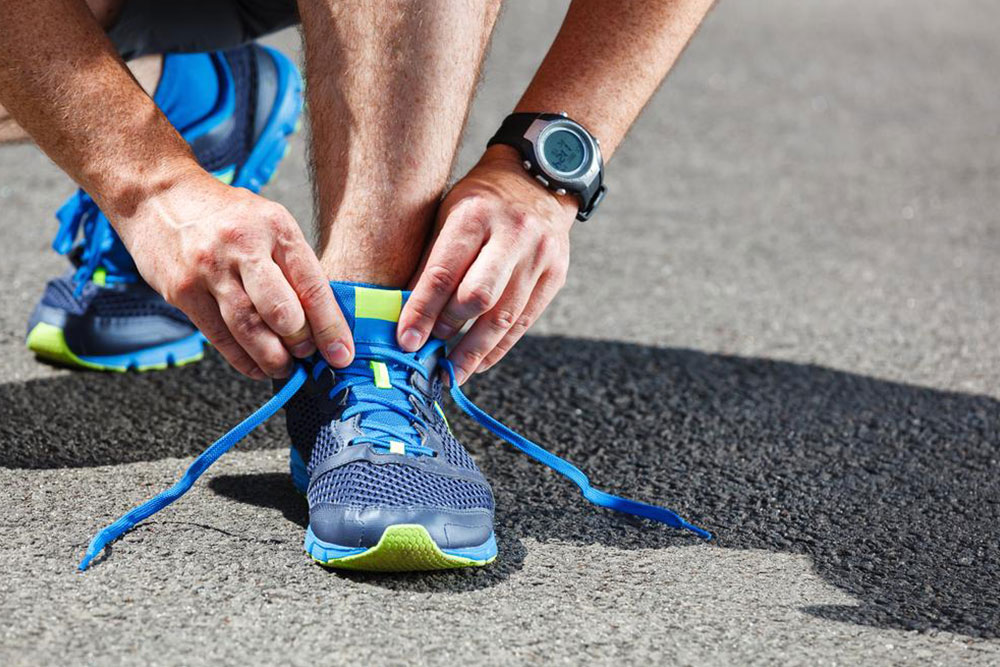Effective Strategies to Handle Vasovagal Fainting Episodes
Learn effective ways to manage vasovagal syncope through early recognition and practical techniques like hydration, compression stockings, and lifestyle modifications. Consulting healthcare professionals ensures personalized care to prevent fainting episodes and maintain safety during attacks.

Effective Strategies to Handle Vasovagal Fainting Episodes
Vasovagal syncope occurs when the body overreacts to specific triggers, such as emotional stress or the sight of blood, leading to a sudden drop in blood pressure and slowing of the heart rate. This can reduce blood flow to the brain, resulting in fainting. Understanding the warning signs and adopting practical techniques can help manage episodes and prevent injuries.
Recognizing Symptoms of a Vasovagal Attack
Vasovagal syncope often strikes unexpectedly, especially during activities like straining during bowel movements, exposure to heat, or prolonged standing. It can happen whether sitting or standing. Early signs—known as prodrome—are subtle but crucial for avoiding accidents. Common indicators include dizziness, yawning, sweating, pale skin, and slow pulse. During an attack, symptoms may include temporary loss of consciousness, twitching, or loss of bladder control, with pupils often rolled back, although breathing usually remains normal.
Immediate attention is vital if these signs appear. To reduce symptoms and prevent injury, consider the following management tips:
Lie Down and Elevate Legs
When feeling symptoms, lie flat and elevate your legs to restore blood flow to the brain. If lying down isn't possible, sit on the floor with your head between your knees until you recover.
Stay Hydrated
Dehydration can trigger fainting. Drink at least two liters of water daily and limit caffeine intake. Check urine color—light yellow indicates proper hydration.
Increase Salt Intake
Adding salt (sodium) to your diet may help by expanding blood volume, but consult a healthcare provider before making changes to avoid adverse effects.
Avoid Known Triggers
Steer clear of situations like blood exposure, prolonged standing, stress, or exhaustion to prevent episodes.
Wear Compression Stockings
These stockings improve blood circulation in legs, reducing the risk of blood pooling and fainting during extended standing.
Perform Foot and Counter-Pressure Exercises
Exercises such as leg crossing, arm tensing, or handgrip can help maintain blood flow when symptoms start, especially during prolonged standing.
Utilize Biofeedback Techniques
Biofeedback can help control blood pressure and reduce fainting frequency through relaxation strategies.
Consider a Pacemaker
For severe or persistent cases impacting daily life, a healthcare professional may recommend a pacemaker to regulate heartbeat, particularly if diagnostic tests reveal irregular rhythms.
Maintaining a healthy diet rich in omega-3 fatty acids supports cardiovascular health and overall stability. Always consult healthcare professionals for personalized treatment plans tailored to your symptoms and health history.










